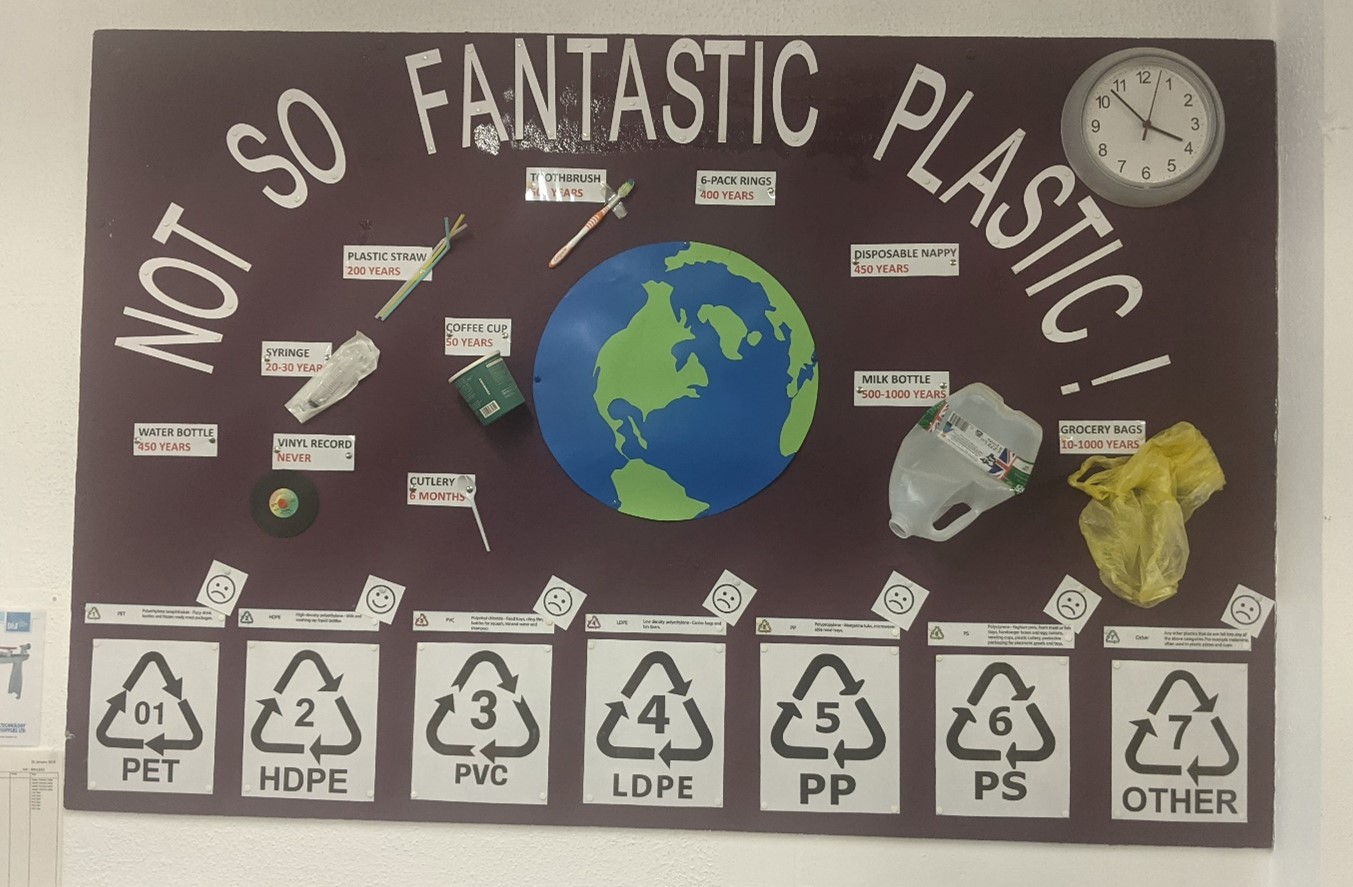Design and Technology Research Programme - July 2023 update
Following announcement of a future vision for design education, our work researching the current D&T qualifications and curriculum has continued.
Sustainability in D&T
Following announcement of a future vision for design education, our work researching the current D&T qualifications and curriculum has continued. Part of the proposal for the future recommended Sustainability and climate content as a key topic of focus, and feedback received after the 9th of February announcement from D&T teachers, suggested that we ask D&T teachers to identify how sustainability is presently taught.
The following insights represent D&T teachers who engaged with a survey during the period of February and April 2023, focused on the theme of Sustainability and Climate content in D&T. Given the low response rate from primary school teachers, the outcomes are only able to provide insight into KS3 to KS5 D&T.
In response to the question “In which Key Stages of D&T do you cover sustainability and climate content?” the following data can be summarised:
- 79% of respondents identified KS3
- 86% of respondents identified KS4
- 60% of respondents identified KS5
Whilst 100% of respondents are teachers of D&T, 23% identified themselves as a teacher of Resistant Materials (RM), 21% as a teacher of Electronics, and 11% as a teacher of Art and Design or Food. None of the teachers identified as non-specialist teachers.
The balance between fee paying schools and state schools was 28% vs 72% respectively.
80% of teachers provided detailed explanations of what sustainability and climate education looks like in D&T. The following is a summary of these detailed responses (not accounting for how often these responses appeared):
Sustainability and Climate education is covered in (my) D&T teaching through:
- The theory of making products for the NEA
- Renewable and non-renewable energy sources
- Materials, properties, choice, sourcing, use during manufacturing, waste management
- Product and material lifecycles
- Environmental impact, pollution, and global warming
- The Circular economy, Cradle to Cradle.
- The 6Rs/5Rs/4Rs
- Consumption of plastics
- Virtual testing of CAD models
- Upcycling
- Wildlife and habitats
- The UN Sustainable Development Goals
- Design briefs
- Inspiring designers including Jessica Grady, Jane Bowler, Michael
- Brennand-Wood
- Visiting speakers
- Gardening clubs
- Ecological footprints, legislation and directives
- School climate pledges
- Design for disassembly and repair
- Case Studies on climate change, electric vehicles, biodiversity
- Follow the textbook or online resource from various providers

An image of a display of plastic information from a D&T department
The list identifies the specific moments where content relates to Sustainability and Climate change. Not only was the list of responses extensive, but highly varied, given that the question asked teachers to identify details of where they cover this content. From the material learning that forms the basis for the delivery of the subjects material content across all Key Stages, to extending beyond the curriculum to visitors and clubs, responses were from teachers across all awarding organisations. Whilst some responses specifically referenced to their awarding organisation, many cited the needs of their chosen qualification as a steer towards what they cover.
Some equally shared very limited response such as “Upcycling projects”, which given their teaching of examination groups, might suggest their response had encouraged them to draw answers beyond the existing content of the specifications. Where teachers shared answers that related to a wider ambition for their teaching, such as referencing to the UNs SDGs or exploring wildlife habitats, neither of which appear in the content of specifications, it could be an indication of broader school responsibility (head of year or tutor role), or a subversion beyond the D&T curriculum and qualification specifications.
Conclusively, it showed that whilst inconsistent, the engagement or willingness to engage with Sustainability and Climate content was part of how D&T teachers approached the curriculum, and some teachers have the ambition to go beyond the curriculum and qualification content, to engage students with learning that has more recent relevance to the world students live in now, and will enter the workplace in in years to come.
Subject advisor
Evren Alibaba
Design and Technology
